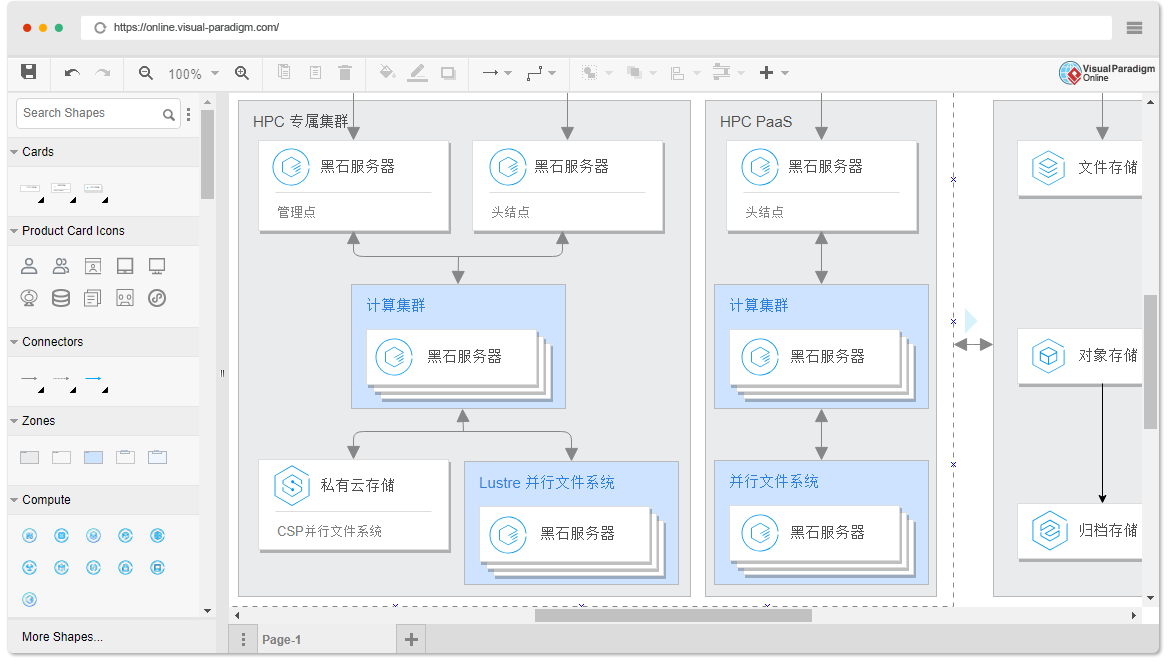Cloud computing is getting so much buzz for years now and with good reason such as flexibility, storage, sharing, and easy accessibility. Cloud Architecture refers to the various components in terms of databases, software capabilities, applications, etc. which is used by companies of all sizes for leveraging the power of cloud resources to solve all kinds of business problems. Even at home, we use cloud technologies for various daily activities. From Microsoft Office 365, Google Docs, and Spotify, these services are provided to us through cloud infrastructure.
The entire cloud architecture is aimed at providing the users with high bandwidth, allowing users to have uninterrupted access to data and applications, on-demand agile network with possibility to move quickly and efficiently between servers or even between clouds and most importantly network security
Types of Cloud-based delivery
- Software as a service (SaaS) involves the cloud provider installing and maintaining the software in the cloud and users running the software from the cloud over the Internet (or Intranet). SaaS is scalable, and system administrators may load the applications on several servers.
- Development as a service (DaaS) is web-based, community shared development tools. This is the equivalent to locally installed development tools in the traditional (non-cloud computing) delivery of development tools.
- Data as a service (DaaS) is web-based design-construct whereby cloud data is accessed through some defined API layer. DaaS services are often considered as a specialized subset of a Software as a Service (SaaS) offering.
- Platform as a service (PaaS) is a cloud computing service that provides users with application platforms and databases as a service.[3] This is equivalent to middleware in the traditional (non-cloud computing) delivery of application platforms and databases.
- Infrastructure as a service (IaaS) is taking the physical hardware and going completely virtual (e.g. all servers, networks, storage, and system management all existing in the cloud).
The Top 8 Types of Cloud Architecture Diagram
Cloud computing architecture typically consists of a front end platform, back end platforms, a cloud-based delivery, and a network infrastructure. We can use a cloud architecture diagram defines the components as well as the relationships between them. The various components of Cloud Architecture are:
- On-premise resources
- Cloud resources
- Software components and services
- Middleware
The main purpose of a Cloud Architecture Diagram is used to document the Cloud Computing Architecture for facilitating better communication among stakeholders. Each type of these Cloud Computing Architecture diagrams can visually depict the cloud components and the relationships between them.
There are seven major cloud computing service providers around the world. Each of them provides a unique set of shapes and notations for representing their Cloud Computing Architecture. These server providers are:
AWS Architecture
Amazon Web Services (AWS) is a secure cloud services platform that offers compute power, database storage, content delivery, and other functionality to help businesses scale and grow. AWS is one of the most popular cloud services providers. Millions of customers are using AWS cloud products and solutions to build their applications to achieve higher flexibility, scalability, and reliability.
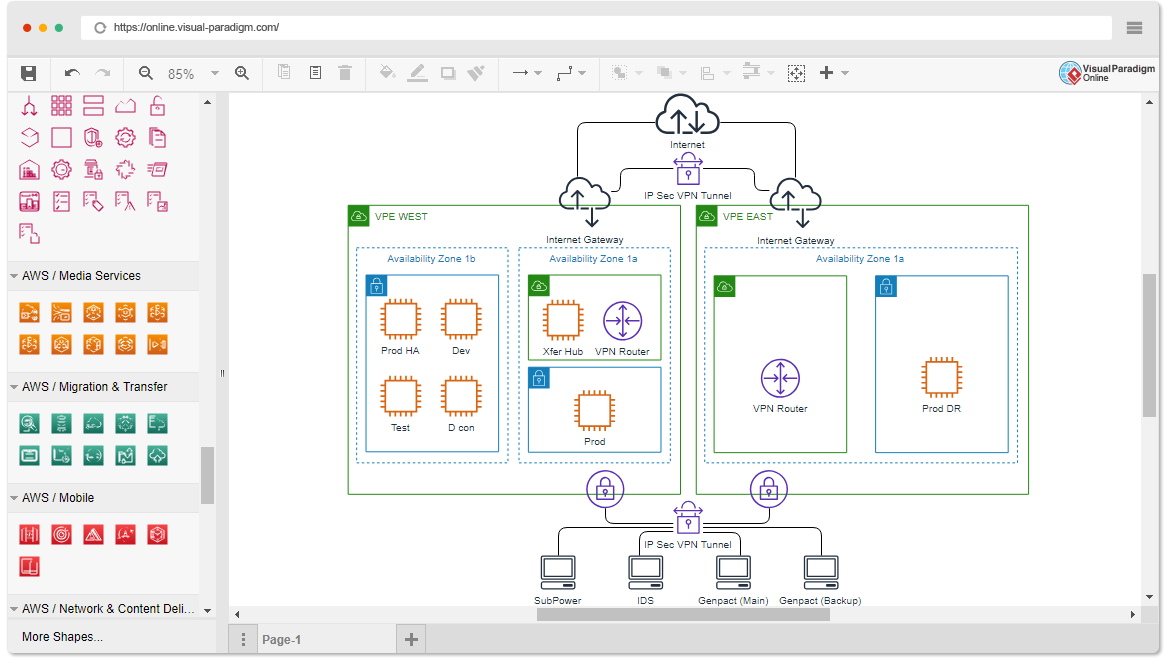
Azure Architecture
Microsoft Azure (formerly Windows Azure) is a cloud computing service provided by Microsoft for building, testing, deploying, and managing applications and services. Microsoft lists hundreds of Azure services, which cover: Compute, mobile services, storage services, data management, CDN, IoT, etc.

Google Cloud Platform
Google Cloud Platform is a cloud computing platform that provides infrastructure tools and services for users to build on top of. Here are some of the services GCP offer and support: Compute, storage & database, networking, big data, data transfer, IoT, etc.
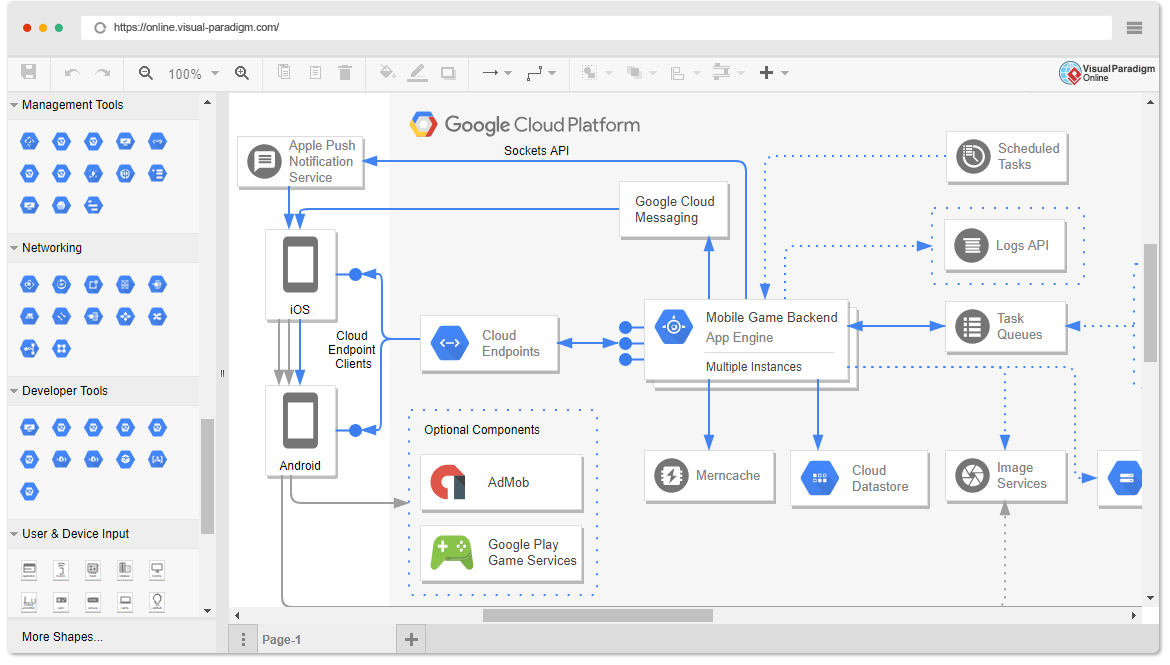
IBM Cloud
IBM Cloud is a suite of cloud computing services provided by IBM that offers both platforms as a service (PaaS) and infrastructure as a service (IaaS). With IBM Cloud IaaS, organizations can deploy and access virtualized IT resources (e.g. computing power, storage, and networking) over the Internet.
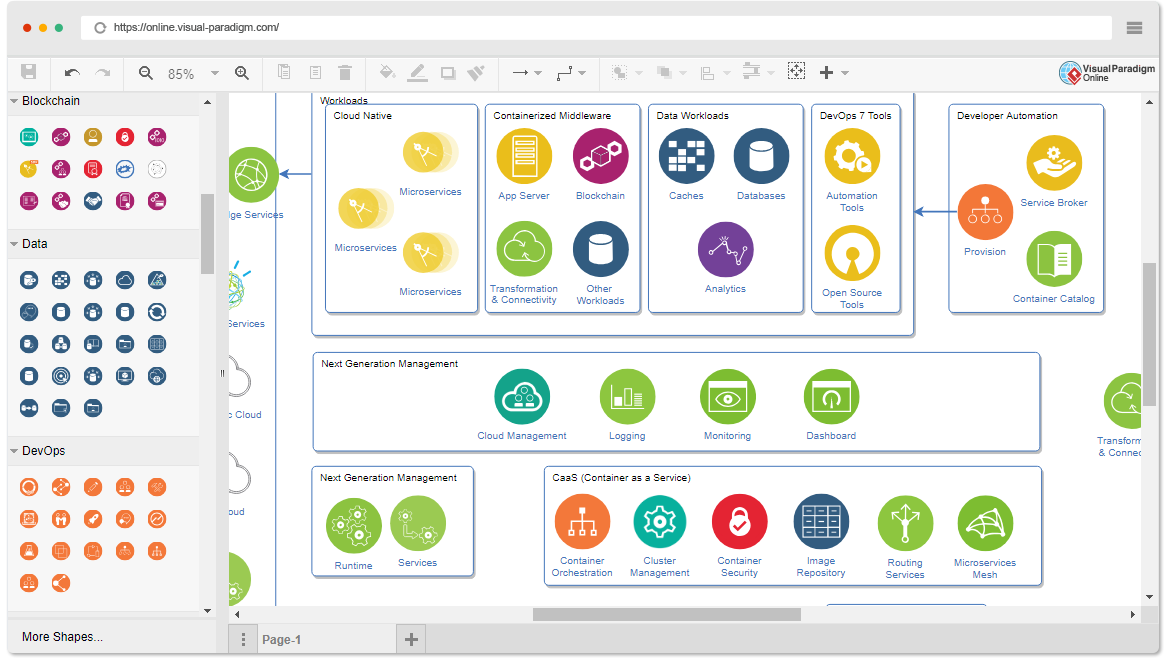
Alibaba Cloud
As the cloud computing arm and a business unit of Alibaba Group, Alibaba Cloud provides a comprehensive range of cloud services that offer cutting-edge technologies across computing, database, networking, security, and storage.
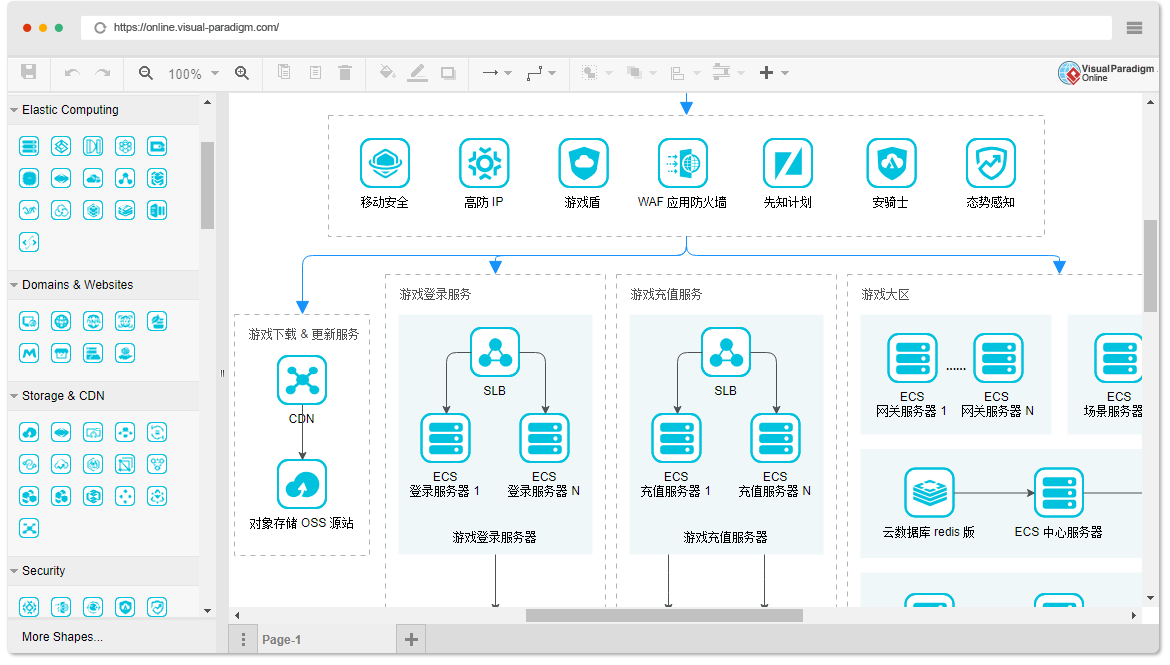
Huawei Cloud
HUAWEI CLOUD, the cloud service brand of the Huawei marquee. The brand is committed to providing stable, secure, reliable, and sustainable cloud services to help organizations of all sizes grow in the intelligent world.
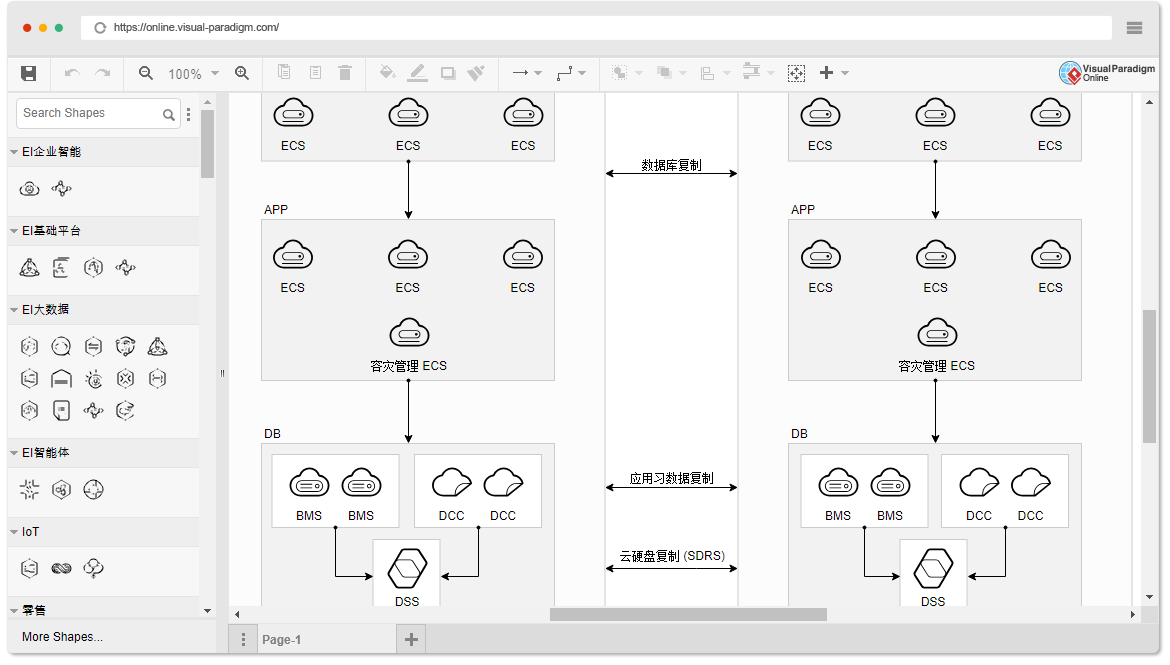
Oracle Cloud
Oracle Cloud refers to a suite of cloud services offered by Oracle, providing servers, storage, network, applications and services through a global network of Oracle Corporation managed data centers. The company allows these services to be provisioned on-demand over the Internet.
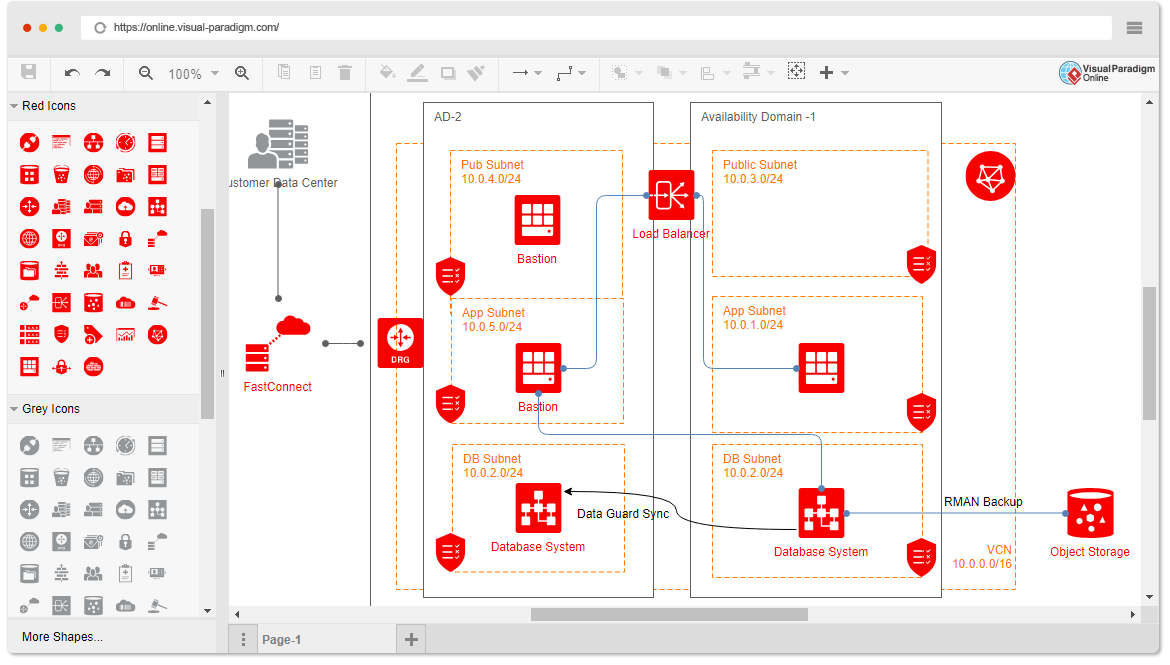
Tencent Cloud
Tencent Cloud is a cloud service offered by Tencent, one of the world’s leading IT companies. Tencent Cloud provides cloud service solutions that cover a wide array of IT development needs, such as computing, data storage and more, allowing companies to scale up easily.
